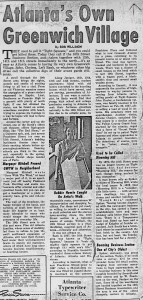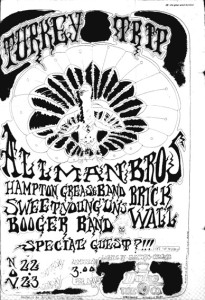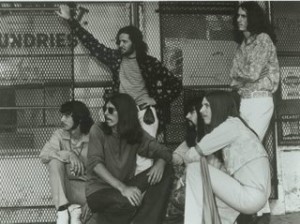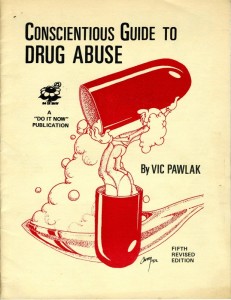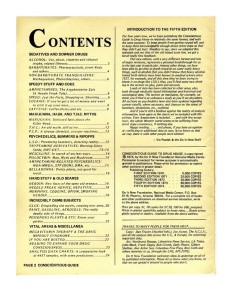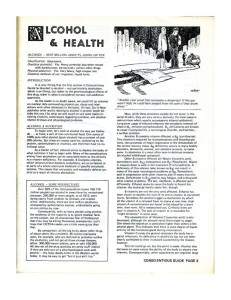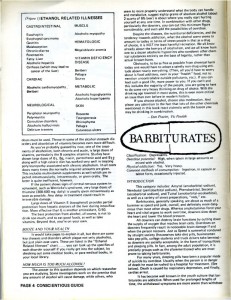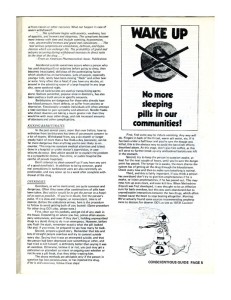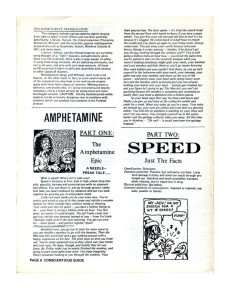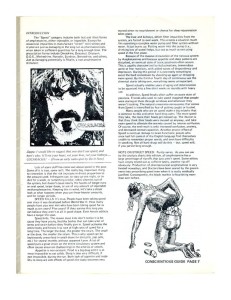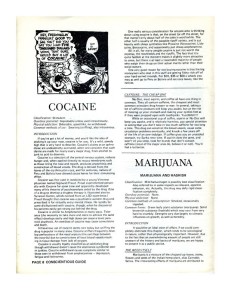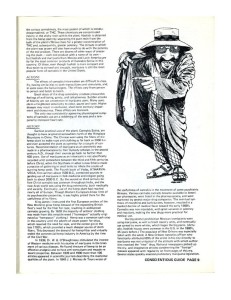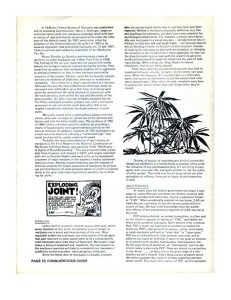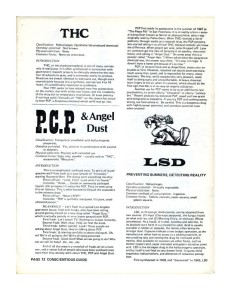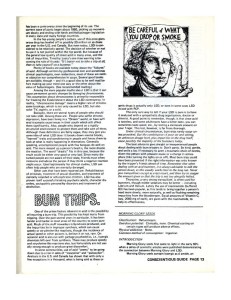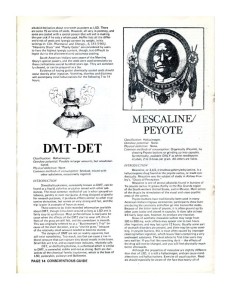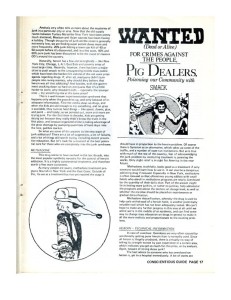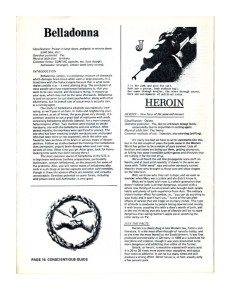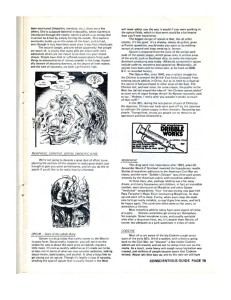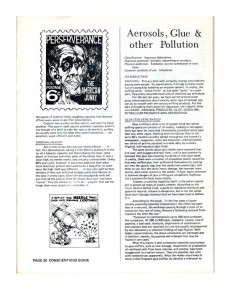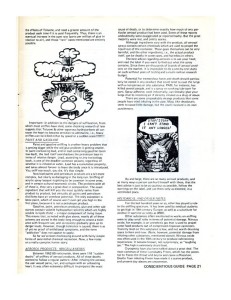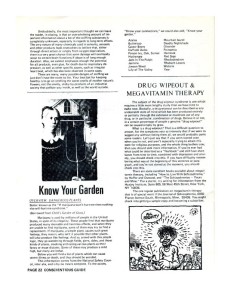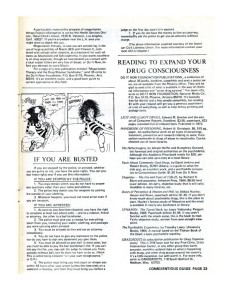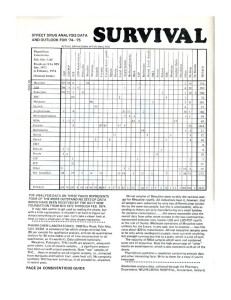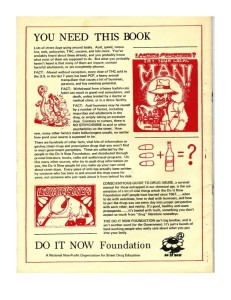Still Savoring the Magic
By Bill Mankin
[Originally written for ClassicRockPage.com]
Early June 1970, Byron, Georgia: The advance team / construction crew arrives. Our mission: build a rock festival. This would be my fifth, and last, rock festival experience during those heady three years between 1968 and 1970 when the rock revolution burst out of indoor arenas into the grass and open air. Oddly enough, even at the time it felt like the end of an era. But as I drove down to Byron that first day it felt like the beginning of “Bill’s Excellent Adventure.”
Byron would also be my second rock festival as an actual employee, in both cases working for the team of seven promoters who had produced the first Atlanta International Pop Festival one year earlier. I could barely stand the wait for this one.
Memories from the previous summer’s Atlanta festival were already giving me great expectations: backstage chat with Janis Joplin; on-stage arms-length vantage point for Led Zeppelin’s set; a quiet hotel-room discussion with Jim Morrison and one of the festival’s promoters in an unsuccessful attempt to convince Morrison to bring the Doors to the festival; … and MUSIC! God, the music!
For me, the music was the point. In 1969 I had worked before the festival distributing posters and other promotional materials, but had declined to work during the festival so I could concentrate my full attention on enjoying the music. By 1970 I was evidently ready for a deeper commitment. So I signed up for the construction crew and in early June moved to a rag-tag campsite next to the Middle Georgia Raceway and the soybean field that would soon welcome the musical masses.
My tent-mate was a guy named Sandy, actually “Psychedelic Sandy” in his college radio DJ persona. The tunes he had spun on the radio a couple of years earlier had really expanded my musical mind. But in reality he didn’t look at all psychedelic, nor for that matter like a construction hand ready for a month of heavy sweat and poor pay. But there he was, like me, trying to get as close as possible to the high energy, counter-cultural tidal wave of live rock’n’roll.
Our campsite was initially inhabited by about thirty similarly inclined long-haired aficionados from throughout the Southeast, mostly males. The women that came with them ran the campsite and cooked three great meals a day for the crew (what can I say, this was 1970). The facilities were rustic but the camaraderie – and our mission – more than made up for it. When necessary we could even be pretty inventive, such as with our daily showers.
The Middle Georgia Raceway, a small oval blacktop track, had an appropriately-sized fire truck – a pickup truck with a square metal tank in the back holding 300-400 gallons of water in a pressurized tank. Every day one of our crew would go fill up the tank and drive the truck back to the campsite. Everyone, men and women, would strip; we’d all get sprayed down; we’d soap up and scrub ourselves; then we’d get blasted with spray again – en masse. It was great fun. It was also interesting that the local sheriff would sometimes manage to time his daily rounds so that he could drive out from town and through the campsite just about shower time. I guess he decided not to arrest anyone for public nudity so that he could come back again another day. [By opening day of the festival the guy had become a pretty good sport – he even proudly displayed a smiling pig face someone had drawn for him on his squad car door.]
Our primary job was to build an eight-foot tall plywood fence around the entire, soybean-covered festival seating area. This was a big job – about 24-acres worth. And after a couple of weeks it got old. Once I was asked to collect wild blackberries for the morning pancakes… much better than building the damn fence. It was a welcome relief to join the crew working to build the spotlight towers or the stage, just to get a break. The spotlight towers were really something to see – soaring triangular platforms built high up between three huge tree trunks sunk into the ground, like telephone poles but much bigger, each painted a single color – red, white or blue. Erecting the scaffolding to build the platforms was tricky, and required both caution and stamina. Although the sunsets from the top were a sight to behold, after a day of it I was ready to go back to fence-building; it was much safer.
During the construction phase some of the area newspapers gave the festival a media buildup. I managed to get my photo into two articles. My favorite was the Atlanta Journal-Constitution article (6/28/70) headlined: “Hippies Working? And They Don’t Bite!” The article went on to list some of the scheduled musical acts, describing Jimi Hendrix as someone who “makes funny noises with an over-amplified guitar.” You get the idea. The reporter obviously didn’t.
Did I mention how HOT it was? I would awake in my tent every morning… sweating. One day during the festival I felt so desperate when I woke up that I grabbed someone’s ice-filled cooler and dumped the whole thing over my head – a truly unforgettable rush! Needless to say, the heat made the porta-potties a real challenge; every conceivable alternative went through your mind as you approached the door – and every time the door opened you’d suddenly think of more.
Several things made this festival feel very different from others I had attended. It had been almost a year since the unexpectedly large crowd at Woodstock had forced its promoters to declare it a “free festival.” We all wondered how big our own crowd would be and whether fences and tickets would mean anything in Byron. Soon enough, as opening day approached and the crowd swelled, we heard the cries of “Music should be free for the people!” Then, even before the gates opened, all our hard work erecting plywood was for naught and the fences fell. Oh well.
The main thing, however, that made Byron different was Altamont. Combined with our feelings of expectation and excitement about the music ahead, Altamont gave Byron an added, subtle, edge of dread. Only six months earlier in Altamont, California, an audience member had been murdered in plain sight of a rock festival stage by members of the Hell’s Angels motorcycle club. The aftermath produced a dark cloud that spread all the way to Byron, Georgia. Although it was nearly invisible in the middle-Georgia sun, we felt it was there anyway, hiding and waiting. We just didn’t know if it would appear or not. The best we could do was try to ignore it. Sometimes that was hard to do.
About a week before the festival opened someone had found a girl in the woods across the main highway whose face had been beaten so badly it no longer looked human. One of our crew had brought her into our campsite where she was hidden as she recovered. The word was that she had tried to leave a biker club and was met with a violent ‘NO’. As opening day approached we began to see more and more bikers riding around the festival grounds, some armed. Once as I was leaving the back-stage security gate to head for my tent I passed a biker with a pistol on his belt. He was sitting on his bike, gunning the engine, acting as though he was going to be admitted through the gate without a backstage pass. He was. Fortunately, once the masses of music lovers arrived, the good vibes vastly outnumbered the bad.
By opening day I had maneuvered myself from fence-builder to stage-hand. It was exactly where I wanted to be – as close to the music as possible. Unfortunately it was about the worst place to be from a musical standpoint – the sound was really bad. It was virtually impossible to hear the vocals above the bass & guitar amps and drums. But it was still hard to complain – the excitement level was intense! There’s no good way to describe what it’s like to stand next to a high-decibel rock band at full tilt with a several-hundred-thousand-strong mass of humanity spread out in front of you, swaying to the beat and cheering at every crescendo. I guess I can always listen to records at home, I told myself. This is something else!
On a couple of occasions I also managed to step up to the microphone between performances to deliver some of the obligatory public service announcements all rock festivals were known for. You know: “Don’t take the purple acid, people!”; “Hey, if you lost a kid named Sally, you can pick her up at…”; that sort of stuff. Actually, I have no memories of what I said; I can only hope I was at least coherent.
Stage crew duties were hard work but fairly routine, that is until about the middle of the second day when the plywood surface of the stage had begun to suffer from the repeated rolling of heavy, wheeled music gear. It had developed some wrinkles and ripples, which then made some spots unstable. One night, during Mountain’s performance, I ended up having to baby-sit their seven-foot-tall, double-stacked wall of Marshall amplifiers, which were rocking ominously with massive lead guitarist Leslie West’s every move. If that wasn’t enough, I soon sensed something behind me and turned to find another wall – of bikers, all without stage passes but standing very resolutely, arms folded. I did my best to do my job and avoid being crushed by either wall. By the way, Mountain was great! And loud!
When I wasn’t on stage I was usually too tired to do much of anything else. One day I was so hot and tired I crawled under the stage to try to sleep in the shade, with blaring, bouncing rock bands just ten feet over my head.
For me the most memorable performance I witnessed was Hendrix, who took the stage late on July 4. Although it was not actually my work shift during his set (and thus I was technically not supposed to be on stage), I was determined to get as close as I could. So I crept into the shadows about twenty feet from Hendrix’s microphone and tried to stay out of the spotlight pools. My reward was something I will never forget. Again, although the sound was not the best, the sights were: midnight, Jimi’s otherworldly performance, a light-show on a raised rear-stage projection screen, fireworks, even someone’s lear-jet screaming in a low pass overhead. It was more than sufficient to mesmerize and hypnotize, which is apparently what happened to at least one observer – Biff Rose. On the opposite side of the stage from me, quirky songwriter/singer Rose was sitting like a stone(d) statue, face staring wide-eyed heavenward, mouth wide open… for what seemed like a very long time indeed. I can relate, Biff!
As seemed typical with every festival I ever attended, the last act would take the stage long after the published schedule had originally indicated. In Byron it was sunrise by the time Richie Havens walked on stage, pulled up his wooden stool and sang for us. I was dead tired and had crawled up to a scaffold platform at the side of the stage, where I looked down on Richie. What was left of the audience were mostly sprawled on the ground, asleep or otherwise immobile. I loved Havens and had seen him many times. His was a true festival persona, and his music was a perfect and welcome accompaniment to such events. As I recall, he opened his set with “Here Comes the Sun.” What else? By the time he finished his performance, the whole audience was on its feet swaying and singing along. So was I. The Woodstock generation was alive and well and would survive to live another day, smiling all the way. I took Richie’s stool home with me that day. I still have it.
Then it was over. Nothing left but the remnants. As I stumbled down to the stage I noticed a familiar face in the audience, like a needle in a haystack – a friend from college. He was just as surprised to see me as I was to see him, and our faces both burst into double-wide smiles. We would have a lot to talk about next semester, when I would also become stage manager for the University of Miami’s rock concert series. But that’s another tale.
The remnants of rock festivals always intrigued me, and as tired as I was that final morning I made a special point to wander through the field in front of the stage staring at the trash and trinkets left in the wake of the musical mayhem. I was not searching for treasures, just staring at whatever was there, like an absent-minded archeologist, not really expecting to find anything worthwhile, but still interested enough to make the effort. Now that I reflect on it, I think I was probably trying to hold onto the crowd, the energy, the music for just a bit longer… to keep it from ending, to hold onto the remnants long enough to re-build the magic. I’m sure that’s why, as I drove with a friend back to college after Christmas break at the end of the year, we stopped by the Byron festival site early one morning to pay our respects. The spotlight towers were still standing, so we climbed up. It was sunrise again and everything still seemed possible. If we tilted our heads just right we could almost hear the music.
Fortunately, Byron was not a second Altamont. It was the Second Atlanta International Pop Festival. I’m still sorry there wasn’t a third.
